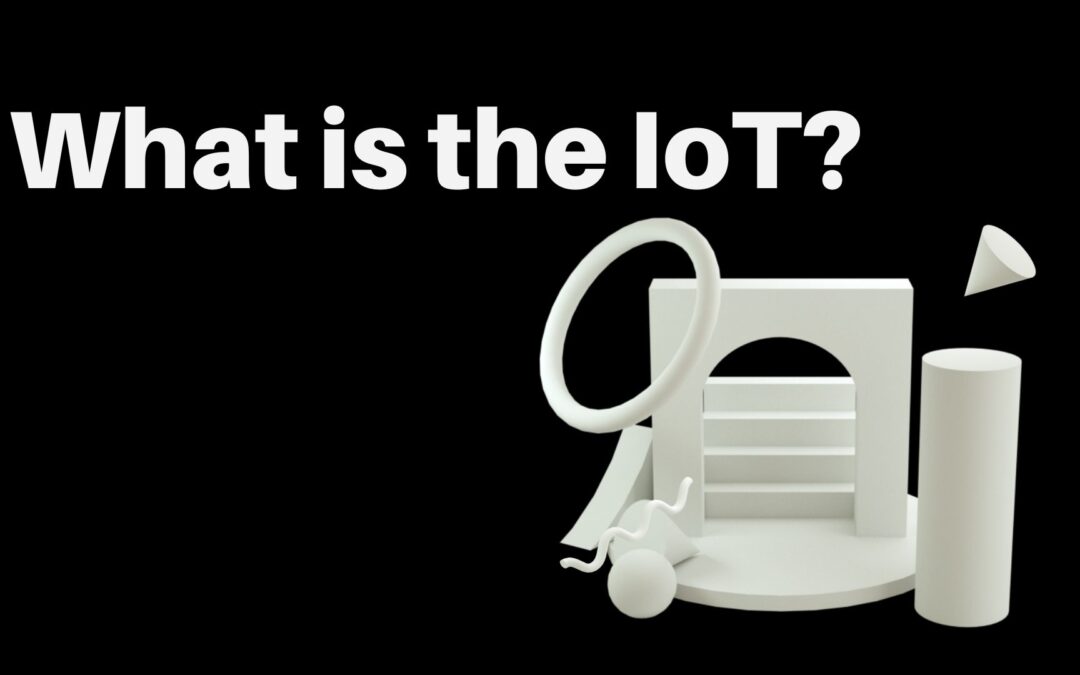
What is Internet of Things (IOT)
What is the Internet of Things (IoT)
The Internet of Things (IoT) refers to the network of physical objects, devices, vehicles, buildings, and other items embedded with sensors, software, and connectivity capabilities that enable them to collect and exchange data over the Internet. Essentially, IoT extends the reach of the internet beyond traditional computing devices like computers and smartphones to include a wide variety of everyday objects and “things.”
The key characteristics and components of IoT include:
- Connectivity: IoT devices are equipped with various communication technologies such as Wi-Fi, Bluetooth, cellular networks, and more, enabling them to communicate with each other and with central systems.
- Sensors and Actuators: IoT devices are equipped with sensors to collect data from their environment (e.g., temperature, humidity, light) and actuators to perform actions based on that data (e.g., turning on a fan).
- Data Collection and Analysis: IoT devices gather and transmit data to centralized systems or cloud platforms where the data is analyzed to derive insights and make informed decisions.
- Automation and Control: IoT enables automation by allowing devices to interact with each other and make autonomous decisions based on predefined rules or machine learning algorithms.
- Remote Monitoring and Management: IoT devices can be remotely monitored and managed, making it possible to control devices and receive real-time updates from anywhere with an internet connection.
- Interoperability: IoT systems often involve a diverse range of devices from different manufacturers. Interoperability standards are crucial to ensure seamless communication and integration.
- Scalability: IoT networks can accommodate a vast number of devices, ranging from a few to millions, making them highly scalable.
Applications of IoT span across various industries:
- Smart Home: IoT devices in homes can control lighting, thermostats, security cameras, and appliances remotely for increased comfort, energy efficiency, and security.
- Healthcare: IoT enables remote patient monitoring, smart medical devices, and healthcare systems that improve patient outcomes and streamline healthcare delivery.
- Industrial IoT (IIoT): In industrial settings, IoT is used for predictive maintenance, asset tracking, process optimization, and real-time monitoring of machinery and equipment.
- Smart Cities: IoT contributes to the development of smart cities through applications like smart traffic management, waste management, environmental monitoring, and energy efficiency.
- Agriculture: IoT sensors can monitor soil conditions, weather, and crop health, enabling precision agriculture and efficient resource utilization.
- Retail: IoT is used for inventory management, personalized customer experiences, and supply chain optimization.
- Transportation and Logistics: IoT enhances fleet management, real-time tracking of goods, and optimization of transportation routes.
- Energy Management: IoT helps manage and optimize energy consumption in buildings and grids, contributing to energy efficiency and sustainability.
While IoT offers numerous benefits, it also poses challenges related to data security, privacy, interoperability, and the sheer complexity of managing a vast number of devices. As IoT technology continues to advance, it has the potential to revolutionize industries and create innovative solutions to complex problems.
